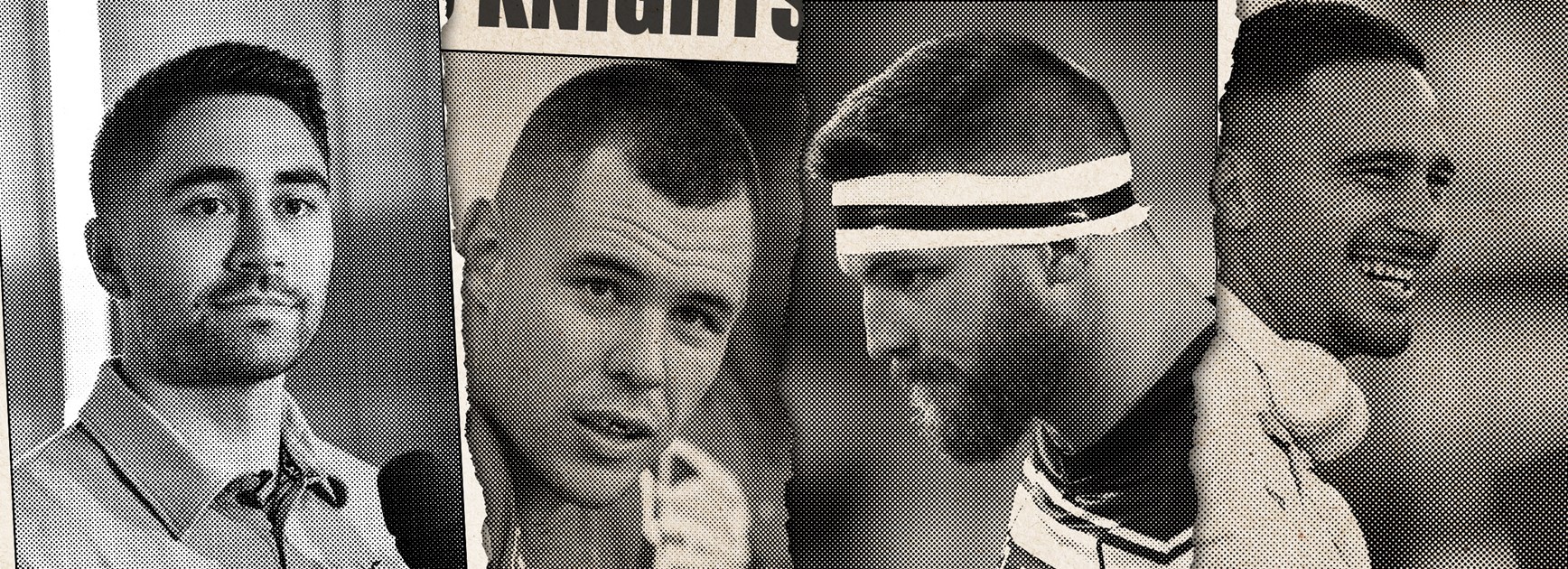
As the NRL continues to debate the merits of a transfer window system, clubs and players appear to have already begun operating in two distinctive trade periods – pre-June 30 and post-season.
Ahead of the June 30 deadline for mid-season player transfers, just one player – Melbourne forward Joe Stimson – has so far agreed to continue playing for his current club until the end of the year after signing with an NRL rival.
More than 17 other players have agreed to move clubs immediately and others are expected to finalise deals before the 2019 transfer window closes at midnight on Sunday.
A representative player off contract with a team currently entrenched in the top eight told NRL.com that rival clubs were only interested in signing him if he was willing to join them for the rest of the season as part of a longer-term deal.
"I told them I don't want to move now because I think we are a good chance of doing something here at the end of the season and that's as far as it's gone," he said.
"Clubs are only interested if you can come before June 30 so I will wait until later in the year."
Napa puts down poor showing to form; not injury
If recent trends continue, players who don't sign with a club before June 30 are more likely to do so after the season ends rather than in coming months.
According to the NRL.com player signings tracker, 27 players were released to join rival clubs for this season between November 1 and the kick-off of the Telstra Premiership on March 14, while a number of others – headed by Trent Merrin – moved to Super League.
A number of big-name stars, including Cameron Smith, John Sutton, Corey Oates and Tevita Pangai, didn't sign new deals for weeks or months after their previous contracts expired on October 31.
"Players and clubs are now prepared to wait until the end of the season to make decisions for the following season," one senior NRL recruitment manager said.
"Players used to say they needed plenty of notice to move but that seems to have changed.
"One of the reasons clubs release players before June 30 is to free cap space so they can be more aggressive in the market for the following season."
The Cronk effect
Cooper Cronk announced he was leaving Melbourne on April 3, 2017 to move to Sydney to be closer to his partner Tara Rushton but he did not decide where he would play the following season until October 31.
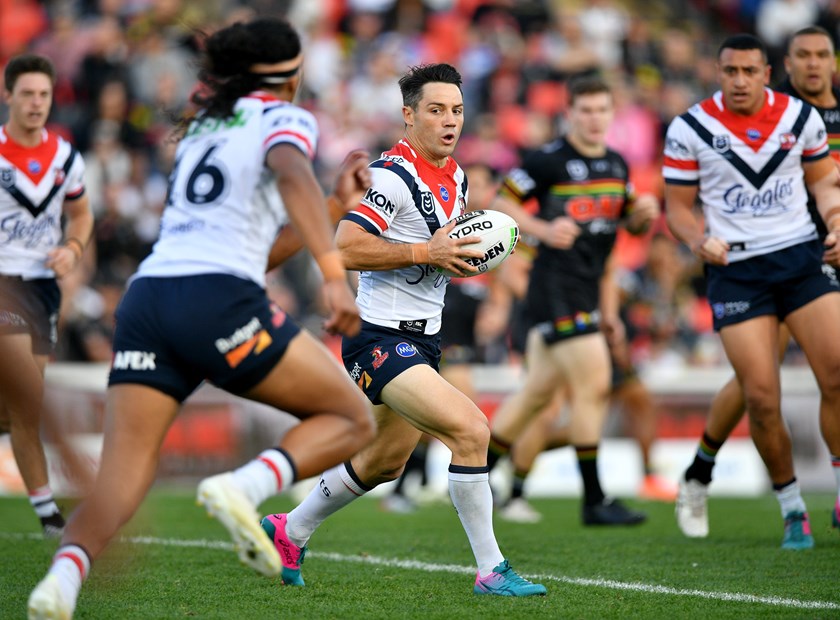
Cronk's decision created a holding pattern as clubs waited to see what he would do and his signing with the Roosters created a domino effect as Mitchell Pearce joined Newcastle and Cronulla released James Maloney to Penrith in a virtual swap for Matt Moylan.
A number of other players made late moves as clubs cleared salary cap space and the trend continued during the last off-season as the likes of David Klemmer (Bulldogs to Knights), Josh McGuire (Broncos to Cowboys), Shaun Johnson (Warriors to Sharks), Corey Norman (Eels to Dragons) and Dylan Napa (Roosters to Bulldogs) switched clubs.
A leading player agent told NRL.com: "Clubs aren't looking at players who are off contract, they are just identifying the best option out there who they think is getting the rough end of the pineapple and going after them.
"I have got a fair few players off contract but I think the last 10 guys who have signed NRL deals all had 12-18 months to go on their current contracts with their current clubs."
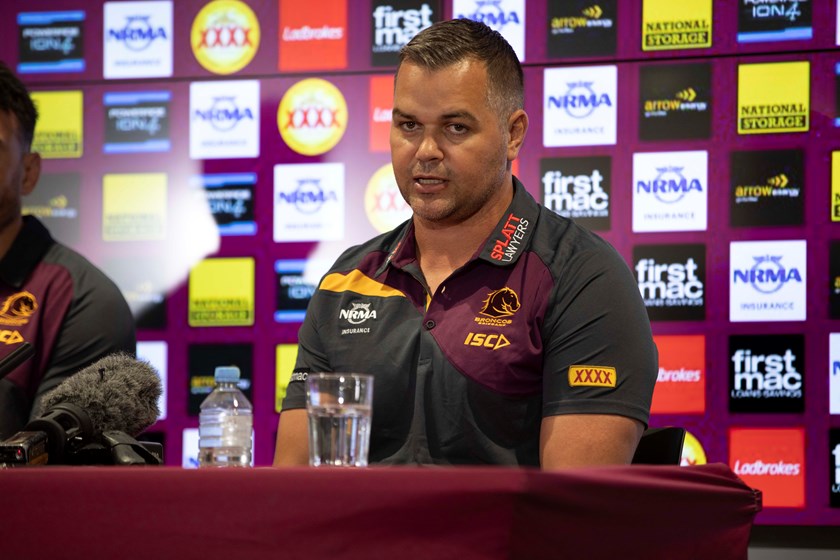
Coaching merry-go-round
With seven clubs changing coaches at the end of last season, many are looking to re-shape their rosters and Brisbane have released Kodi Nikorima (Warriors), James Roberts, Jayden Su'a (both Rabbitohs) Josh McGuire, Jordan Kahu (both Cowboys), Tanah Boyd (Titans) and Andre Sevelio (Hull FC) since the appointment of Anthony Seibold.
Penrith coach Ivan Cleary has also released Merrin (Leeds), Dallin Watene-Zelezniak (Bulldogs) and Waqa Blake (Eels) after his return to the club from Wests Tigers.
"A lot of coaches are inheriting squads and lists that they had nothing to do with," another agent said. "Lots of clubs have really got into a big tangle. The turnover of players at some clubs is incredible but I don't see the need for them to panic."
Top 30 squads
The introduction of the top 30 rostering system last year encouraged clubs to consider pre-season and mid-season forays into the transfer market as they only have to register 24 players by November 1 and 29 by March 1.
As a result, most clubs leave the 30th spot in their squad open to either promote an upcoming rookie or sign a player from elsewhere in a position they may be lacking.
The Dragons signed Melbourne prop Patrick Kaufusi as they are without the services of Jack De Belin, while Parramatta were looking for a top-line centre and snared Blake after missing out on Watene-Zelezniak.
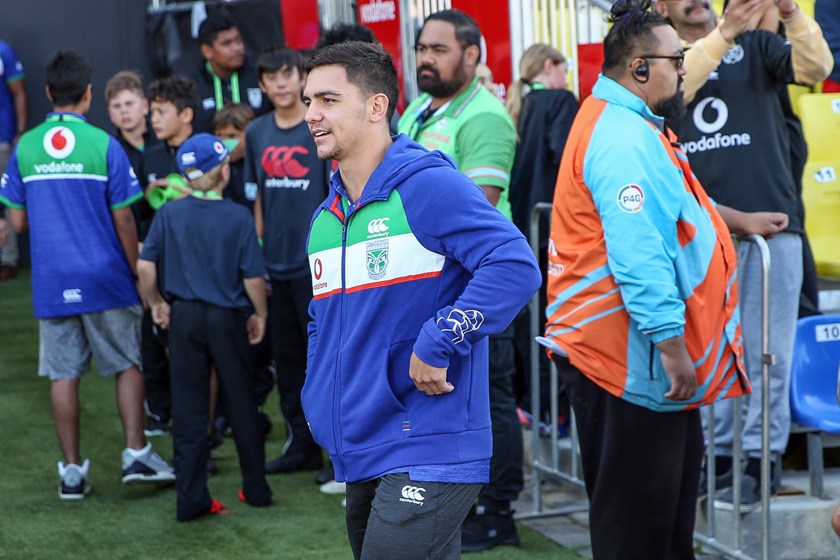
The Warriors lured Nikorima home to New Zealand after agreeing to release Johnson at the end of last season.
"It used to be a top 25 so five extra players is a significant increase and you have got to fill your quota by June 30 so I think that has accelerated the movement," a veteran club administrator said.
"Clubs use the June 30 deadline for different reasons, some clubs use it to plan for the future – they want a player and they can absorb part of his contract this year. Other clubs are trying to add players to strengthen their squads for the current season.
"One of the advantages of signing a player before June 30 is that the player's current club has paid a large part of his contract for this year so you pick up a player relatively cheaply."
Trade windows
A committee of club officials has been considering ways to revamp the NRL transfer system by introducing formal trade windows.
Among the ideas considered are allowing the entire off-season to be used as transfer window – effectively as it is now – and restricting mid-season movement to a period near the end of State of Origin.
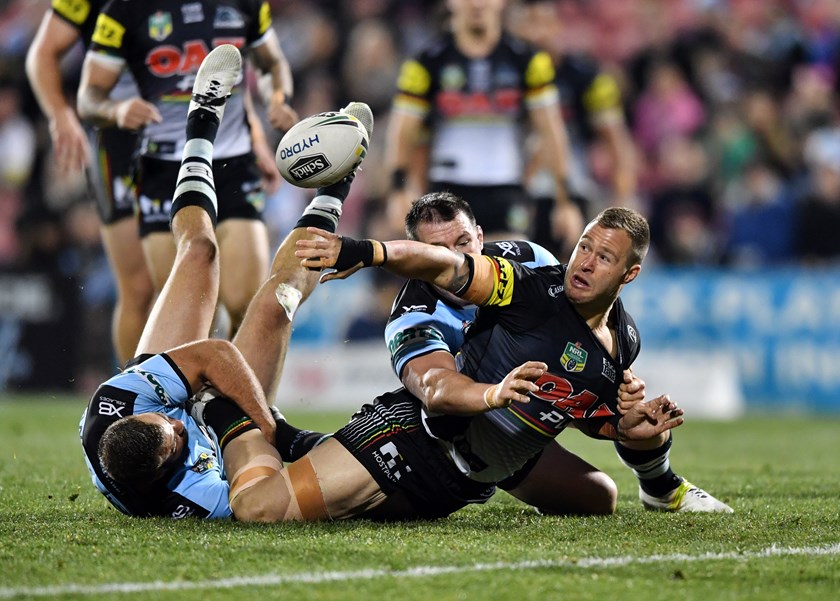
Another is to have three transfer windows during prescribed periods at the end of the season, in the pre-season and mid-season.
In the recent NRL.com Player's Poll, 72 per cent of the more than 150 players surveyed responded positively to the question: Should the NRL introduce a player transfer window?
However, the RLPA is cautious about changing conditions that players have fought hard for and a system that has helped create one of the most closely contested sporting competitions in the world.
The RLPA believes the NRL needs to consider ways to improve the stability of clubs around coaching and football staff and ensuring clubs manage their salary caps effectively.
The views in this article do not necessarily express the opinions of the NRL, ARLC, NRL clubs or state associations.

